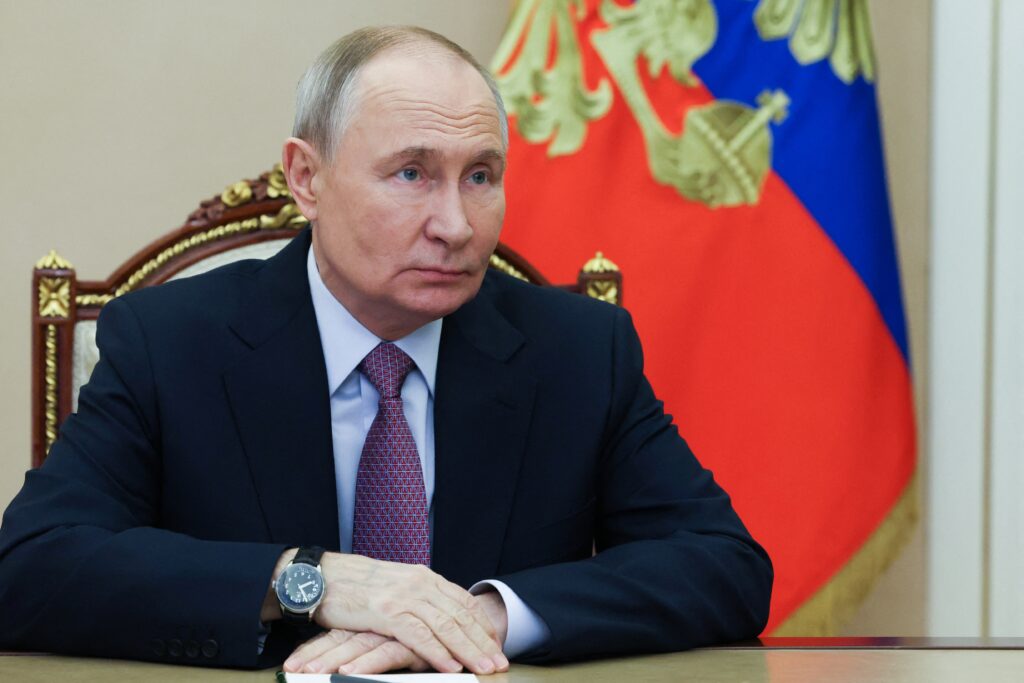Russia’s shadow fleet has been used by the Kremlin to circumvent Western restrictions that impose a $60 per barrel price cap on its oil. It consists of older ships that operate without proper insurance or safety checks, leading to repeated warnings of the risk of catastrophic oil spills along European coastlines.
According to Braže, the practice poses “significant environmental risks and potential hybrid threats in the Baltic Sea. Exploiting system loopholes, these activities — while technically legal — are reckless and undermine our shared security interests, especially in the current geopolitical context.”
On Monday, EU foreign affairs ministers signed off on the bloc’s latest package of Russia sanctions, the 15th to be imposed since the start of President Vladimir Putin’s full-scale invasion of Ukraine nearly three years ago. The agreement, which was nearly derailed after hawkish Baltic countries said it lacked sufficient ambition, will add an additional 52 vessels to the EU’s blacklist — taking the total to 79.
 On Monday, EU foreign affairs ministers signed off on the bloc’s latest package of Russia sanctions, the 15th to be imposed since the start of President Vladimir Putin’s full-scale invasion of Ukraine nearly three years ago. | Pool photo by Aleksey Babushkin via AFP/Getty Images
On Monday, EU foreign affairs ministers signed off on the bloc’s latest package of Russia sanctions, the 15th to be imposed since the start of President Vladimir Putin’s full-scale invasion of Ukraine nearly three years ago. | Pool photo by Aleksey Babushkin via AFP/Getty Images
But while the ships will be banned from docking at EU ports, they will still be allowed to transit the Baltic and Black Seas to reach Russia’s western ports. Denmark has previously proposed banning them from its territorial waters — effectively barring them from operating in the Baltic — but so far such efforts have failed to achieve a result.
One of the reasons Russia’s shadow fleet continues to operate successfully, according to the Kyiv School of Economics, is that Western nations can’t align on which vessels they should target.
“[Some] 118 Russian shadow tankers are under U.S., U.K. and EU sanctions [but] just three are hit by all three,” the research institute said in a statement. “Twelve by both the U.S. and U.K., and 11 by the U.K. and EU. The overlap is clear — but the gaps show there’s still room to tighten the net.”
According to the Ukrainian government, the total number of vessels believed to be involved in sanctions circumvention on fuels, weapons and stolen Ukrainian goods could be as high as 545.
